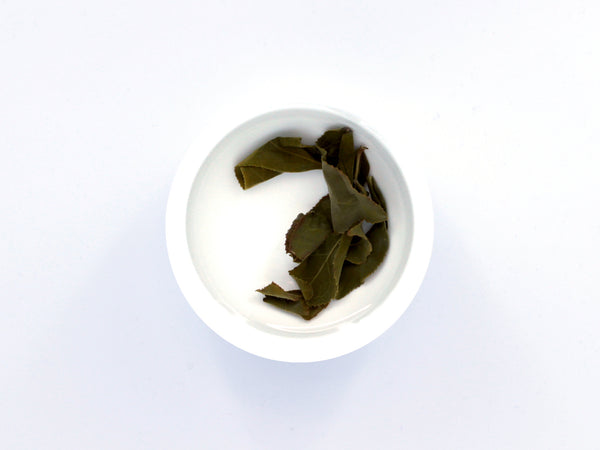Green Dong Ding
$11.00
It is fascinating how the smallest changes can create such a spectrum of flavors when crafting tea. One of the major factors in making oolong is oxidization level. Traditional green oolong—such as our LiShan and Mountain Oolong teas—are oxidized at 20%, producing verdant and floral flavors with a peaky mouthfeel. Our DongDing and TieGuanYin oolongs are oxidized at 35% following the older methods, somewhat rare today because of trends favoring greener teas. At 35% oxidization the tea is still almost completely green, except with slight tinges of amber along the leaf’s edge and the tips of the stem. A mountain of experience is necessary to properly control the consistency of tea oxidization to the point where it can be considered ready for the cup.
DongDing style tea is typically both oxidized and roasted to 30% or so, but we invite you to try this entirely unroasted oolong and sample the skill and craftsmanship that went into it. Try contrasting it against our LiShan teas, which are made with the same cultivar tea leaf, and grown at comparable altitudes. LiShans are brilliantly floral and sharp, while this green DongDing is deep, mouthwatering, and fruity. We detected mostly plum and nectarines and a thick and smooth liquor with a long-lasting aftertaste of medium sweetness. While the changes in technique are subtle, we’re confident that you will appreciate the uniqueness of our green DongDing.
Steeping Instructions:
Prepare 3 grams of tea leaf (slightly less than a teaspoon) per 100ml of water(about half a cup).
For the first two steeps, 93°c water for no longer than 60 seconds will provide plenty of flavor. From the third steep onward it is fine to add up to thirty additional seconds per steep. This should provide between four and six re-steeps depending on the quality of the tea. For larger vessels (teapots of over 500ml) re-steep potential is usually lower.
Related Items
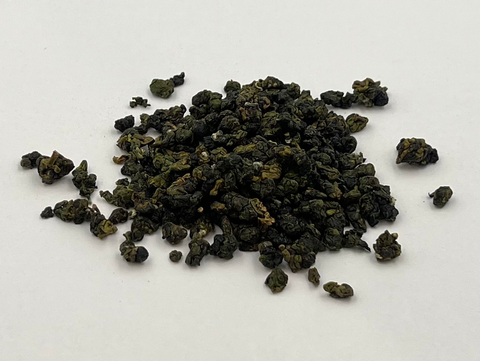
AliShan is a mountainous region that has been gaining a lot of attention in Taiwan the last few decades as a land that consistently produ...
from $10.00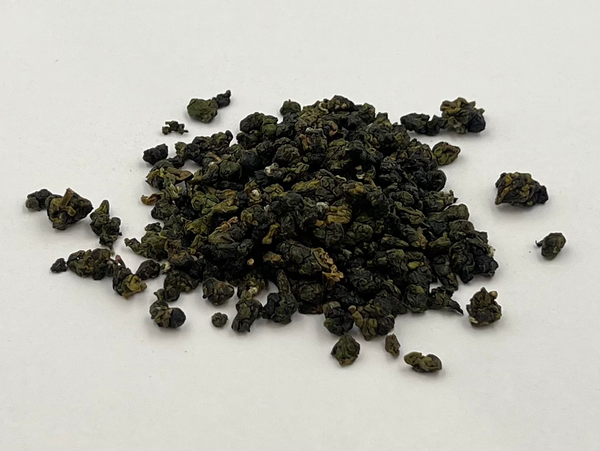
AliShan Jinxuan (金萱) New Arrival
$10.00
AliShan is a mountainous region that has been gaining a lot of attention in Taiwan the last few decades as a land that consistently produces quality oolong. Finding the perfect spot to plant tea is an endeavor: the elevation, exposure to sunlight, yearly average weather patterns, the condition of the...
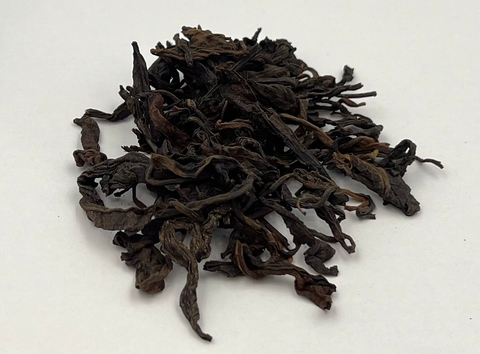
This Pu-Erh is from GeDeng Ancient Tea Mountain in China Yunnan. Gedeng is one of the six ancient tea mountains in China. Gedeng means a ...
$30.00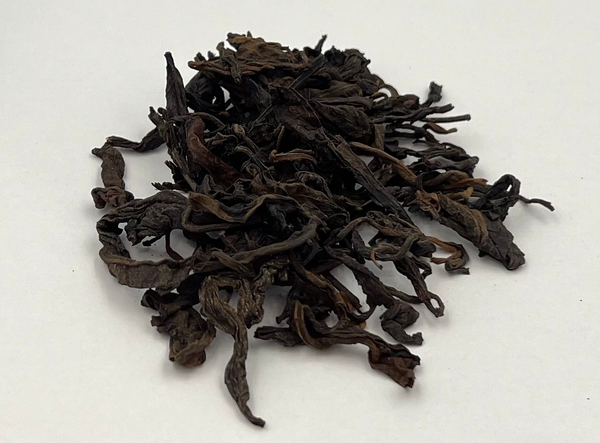
Pu-erh, Ancient Tea Mountain - 2oz
$30.00
This Pu-Erh is from GeDeng Ancient Tea Mountain in China Yunnan. Gedeng is one of the six ancient tea mountains in China. Gedeng means a very high places. Gedeng is the Bulang language and was once the place where the Bulang people lived. Geden ancient tea is a wild transitional type...
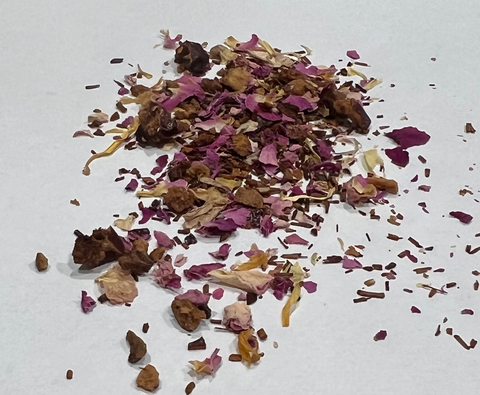
This herb tea is coming from Taiwan, transform and give out unique scents. The Jujube came from Congguan Township of Mauili County which ...
$12.00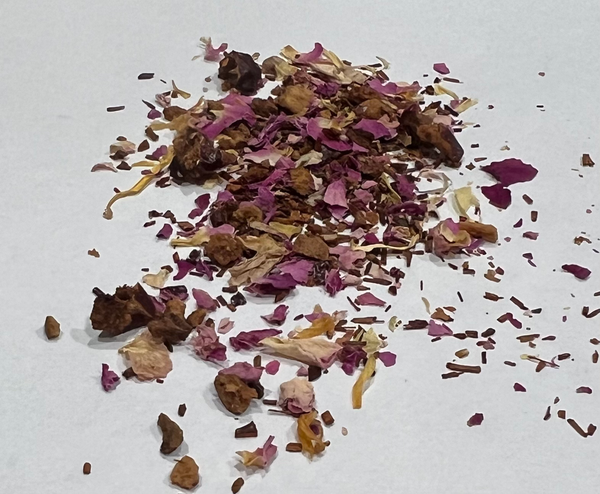
Jujube with Rose Tea Sachets, 15 count ( non-caffeine herbals tea)
$12.00
This herb tea is coming from Taiwan, transform and give out unique scents. The Jujube came from Congguan Township of Mauili County which is the only source of Jujube in Taiwan. Jujubes were hand picked in the early morning before sunrise and dry under the sunlight immediately. The color turned...

